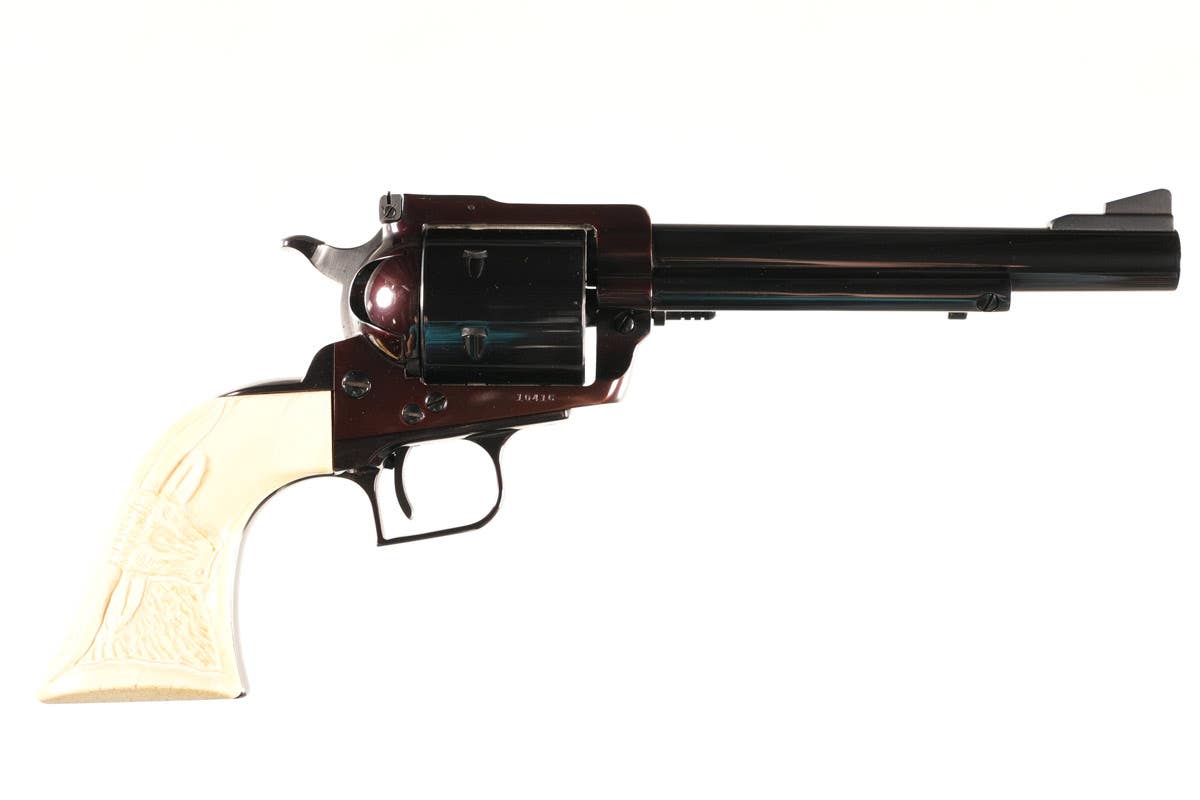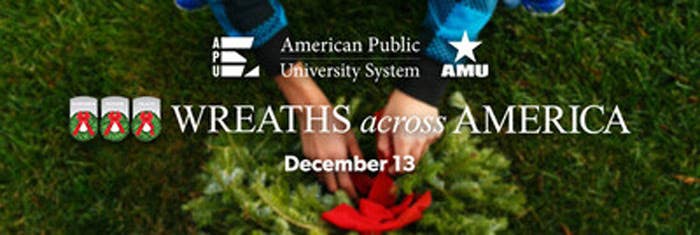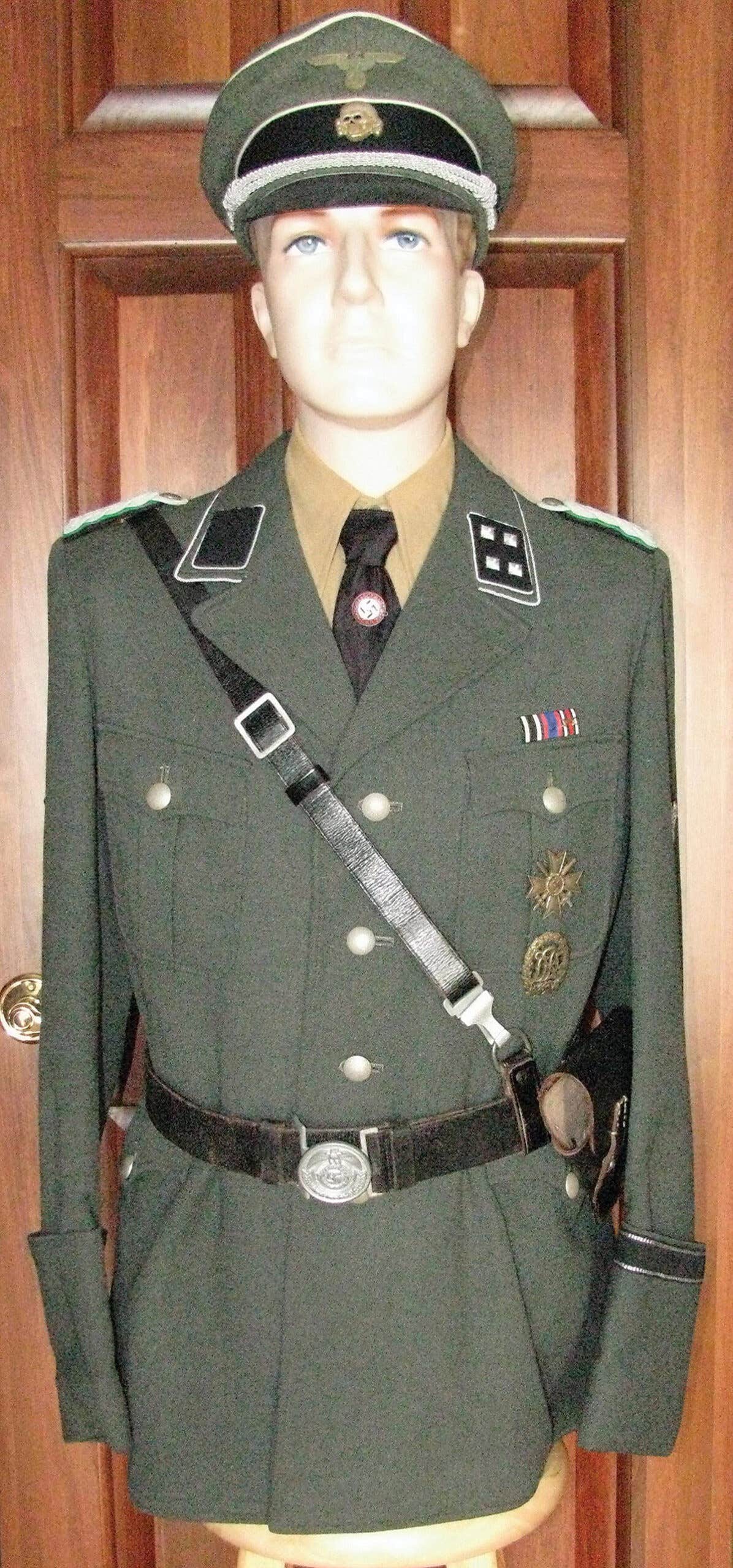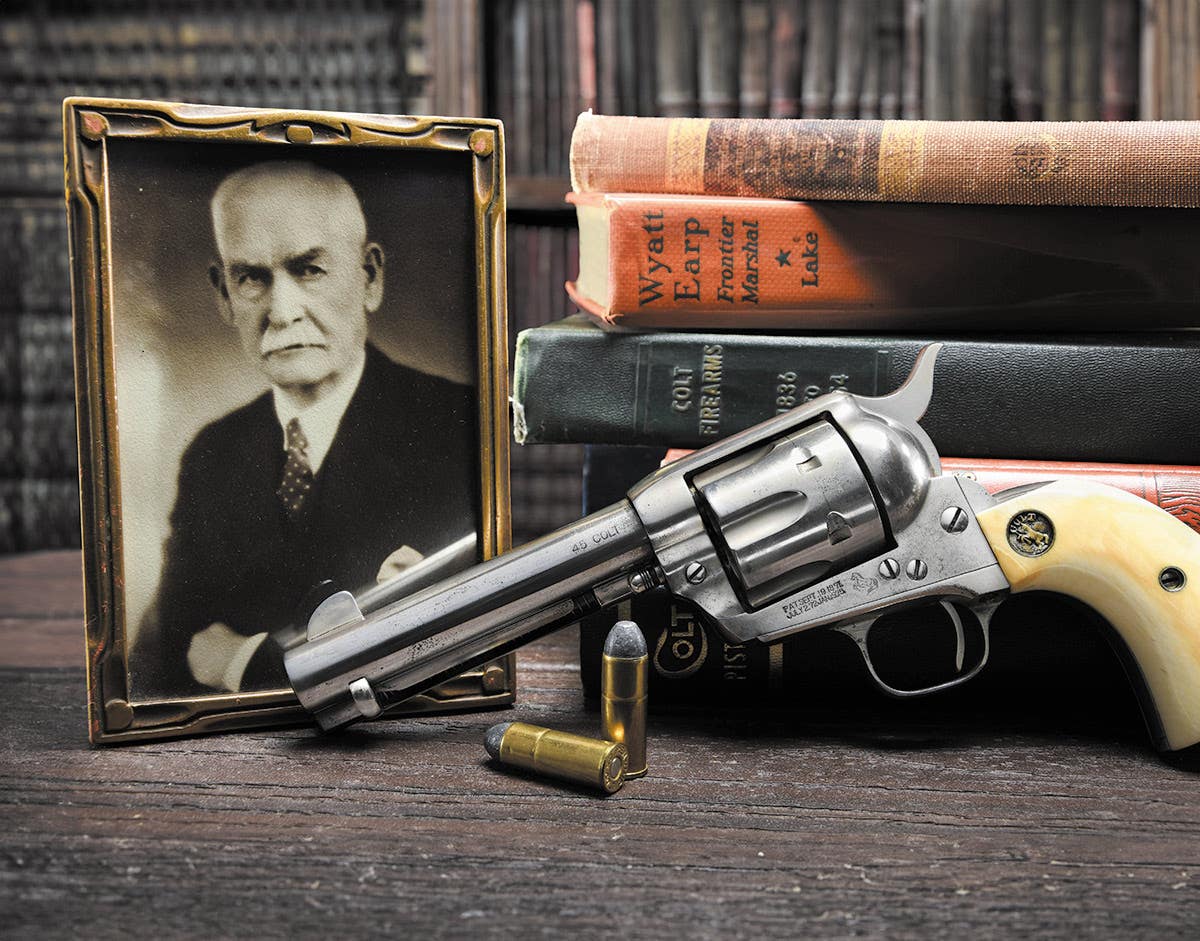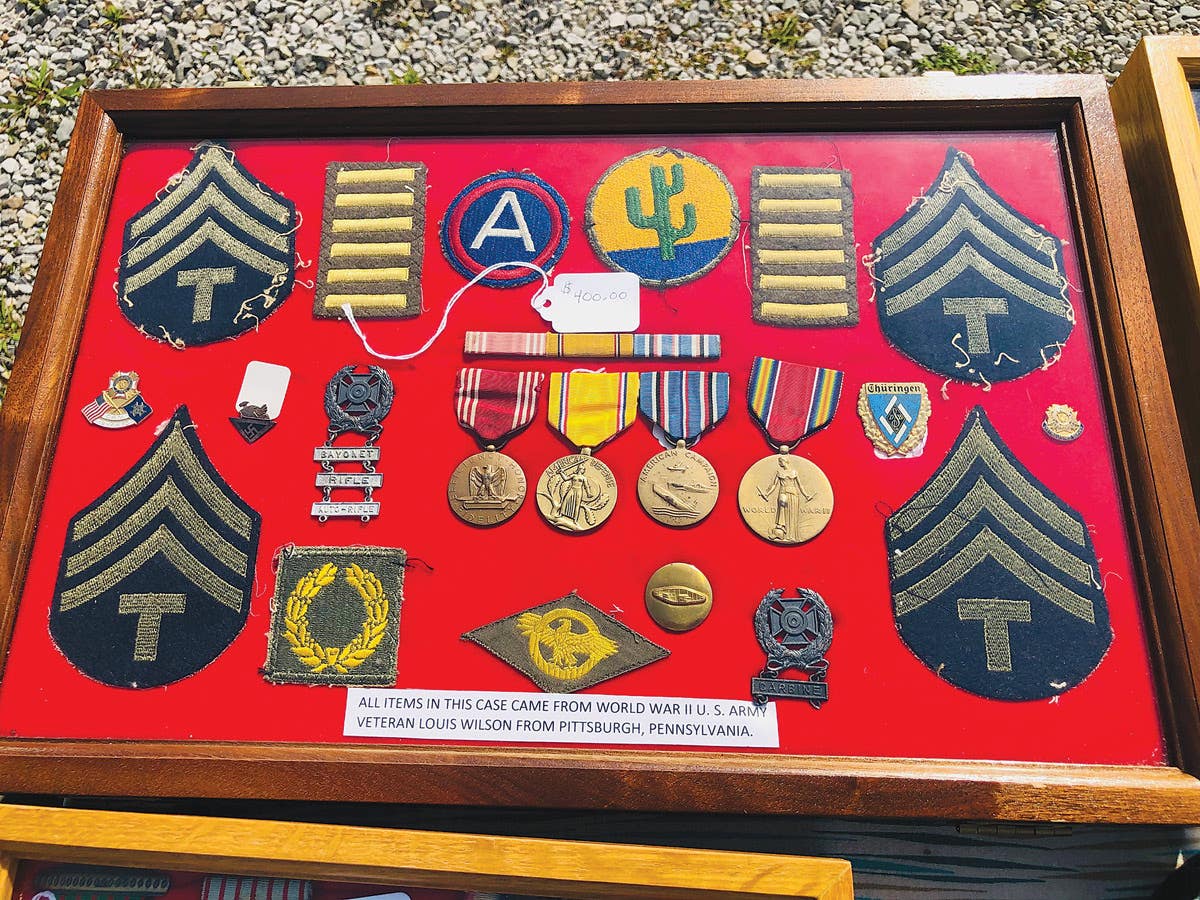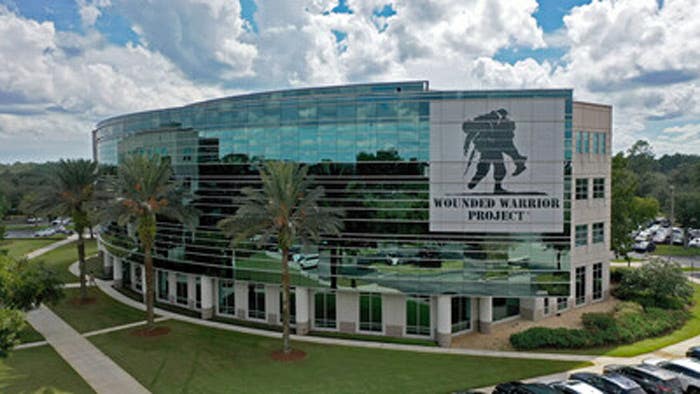WWI AEF/AFG Portraits
A study of WWI studios enlightentend through an “igno-second”
I once worked for a colonel who was always talking about “igno-seconds.” He defined igno-seconds as that exact point in time when you realized you had done something that was going to have bad consequences such as the moment just before shutting your hand in a car door, or as you were letting the tailgate on a “deuce and a half” truck slam down while you were supposed to be operating in quiet conditions. It’s a short moment of clarity where you see everything that has happened before and everything that will happen after, and there’s nothing you can do about it.
For militaria collectors, historians, and archeologists, I would further define the igno-second as that blinding flash of the obvious (BFO) that you have when it suddenly occurs to you that the answer to your question was right in front of you, but you were too focused to see it.
This short article is the result of one of those igno-second moments I had recently. Regular readers of Military Trader may recall an article I wrote which was published in the January 2016 issue about trying to identify photography studios in the Coblenz/Koblenz, Germany, area during the occupation after WWI. I recounted how several collectors and historians in our WWI Third Army Facebook group had become fascinated by the many American soldier portraits that had been found with a unique open-window backdrop and a fancy-looking chair as the basic props.
Part of the problem in determining the name of the studio had come from the fact that all of the Doughboy portraits were real photo postcards (RPPCs), none of which had the studio name embossed on them like regular portraits of the period.
Eventually we uncovered the “Rosetta Stone” for these portraits when one was found where the soldier had written on the back the name and street address of the studio: Theodore Loos Photography Studio, 6 Schloss Strasse, Coblenz.
Granted, this isn’t exactly earthshaking stuff but, it did advance our knowledge. It allowed us to pinpoint exactly where the studio was located in relationship to the Third Army headquarters at the time.
Armed with that knowledge, I was even able to visit the site in Koblenz during the summer of 2016, and see the building. The original building was gone, but the street numbers remained. The new 6 Schloss Strasse is a nice glass and steel building that is home to some civic and business organizations.
Since that visit, a number of similar RPPCs of Doughboys have shown up that our group would carefully categorize as “Loos Studio” and congratulate ourselves on the knowledge we had acquired and advanced. And then — just a few weeks ago — I had my igno-second moment.
While thumbing through a table full of several thousand postcards at a “Postcard” show in Virginia looking for WWI or WWII images, it hit me that most civilian photographic portraits of the pre WWI-era came with some form of backing and the Photographer’s name embossed on the border of the card. Instead of just looking at American soldier portraits from the Occupation Period (Dec 1918-Jan 1923), I should be looking at German portraits from before and during the war if I wanted to find out who made the U.S. soldier RPPCs. Obviously, these photographers hadn’t gone into business the day the Doughboys marched into Germany so they must have been making portraits before the war.
Fortunately, there are a number of postcard vendors in the States and in Europe who sell on-line and have their cards displayed on their sites. Sure enough, I very quickly found and purchased formal portraits of Germans, including some German soldiers, who had their portraits made in the Theodor Loos studio, sitting in the same fancy chair or posing in front of the strange-looking open window backdrop. Several of those are shown here along with their American counterparts. Obviously, — Loos remained in business during the occupation period after the end of WWI .
So, instead of several years of searching for a name and an address, I could have had the answer in several days. And that is the frightening power of the igno-second; you just never know when it will strike. Of course, you could always let the tailgate drop and guarantee yourself some quality time with the 1st Sergeant but figuring out a faster way to do research is a lot more fun.
Alexander F. Barnes, a former Marine corporal and US Army warrant officer, is the author of In A Strange Land: The American Occupation of Germany 1918-1923 for Schiffer Publishing and is currently serving as the Virginia National Guard Command Historian.
Alexander F. Barnes was born in Niagara Falls, New York, and grew up in an Air Force family. He enlisted in the Marine Corps in 1974 and then joined the Army National Guard in 1977, retiring as a Virginia Army National Guard chief warrant officer in 2004. He retired as a US Army Civilian at Fort Lee in July 2015. Barnes has a master’s degree in Anthropology and has authored 7 military history books His most recent World War One books have told the story of immigrants in the US Army and the close linkage of the Doughboys and baseball. He currently serves as the Command Historian for the Virginia National Guard.



